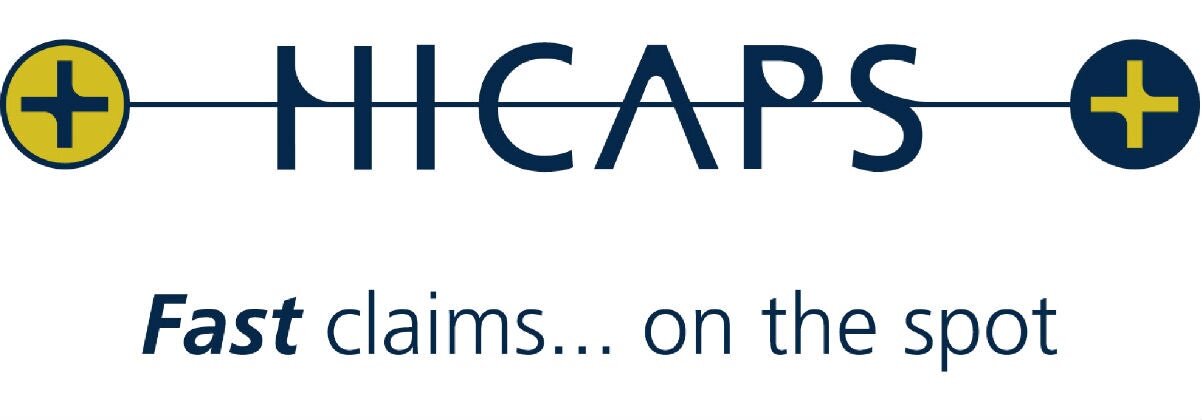Pes Planus - Flat Feet
What are Flat Feet?
Pes planus or flat feet is a postural deformity relating to the collapse or flattening of the medial longitudinal arch. It can also be referred to as hyperpronation or overpronation. As seen in the image, pes planus results in the midfoot region pronating towards the ground, and in some cases touching the ground completely. Although there are varying degrees of collapse, people are still able to live completely pain-free with flat feet.
What Causes Flat Feet?
This condition can be congenital (e.g. from birth) or acquired (e.g. adults, increased exposure to weight-bearing).
Congenital flat feet occur when someone is born with or predisposed to having a more flexible midfoot region resulting in pronation or collapsing of the arch. Ethnicity is an important factor surrounding flat feet, with the condition being more likely in certain indigenous cultures.
Acquired flat feet are caused by a loss of active (e.g. intrinsic foot and ankle stabilizers) or passive support (ligamentous laxity, hypermobile joints) during dynamic weight-bearing activities. Muscular insufficiency in the ankle and arch stabilizers are the most common etiological factor for flat feet. Research suggests the tibialis posterior muscle is the most integral in stabilising the medial longitudinal arch, via its insertion into the bony roof of the arch. When your arch stabilisers like this are performing sub-optimally, when weight and force are applied down through the foot, the arch slowly pronates and flattens towards the ground.
How Do Flat Feet Progress?
Flat feet progress slowly as you increase your feet’s exposure to weight-bearing activities. The two most common progressions from flat feet are foot deformities and bony stress injuries.
In the active person, hyperpronation alters the load transference up through the leg and can cause stress responses such as shin splints and in the worst case, stress fractures.
At the opposite end, the bones through your foot are also exposed to altered loads potentially causing a bunion. As seen in the image, the midfoot pronation and collapse of the arch change the line of force to the outside of the first metatarsal (from green to red), creating the bony protrusion. As the head of the metatarsal is forced out, the rest of the big toe is forced inwards further accentuating the bunion.
What Conditions Can Flat Feet Cause?
Without an appropriate rehabilitation program and continuing active or passive instability, structures surrounding or supporting the arch can be loaded inappropriately and unsafely to cause compounding problems. The most common compounding problems are listed below:
Tibialis Posterior Tendinopathy
Your tibialis posterior muscle is an important arch stabilizer, however, if weakness is apparent and the muscle is loaded excessively, tendinopathy or muscle injury can occur. More info: Tibialis Posterior Tendinopathy
Plantar Fasciopathy
Better known as plantar fasciitis, plantar fasciopathy can develop as a result of the altered arch biomechanics and increasing midfoot pronation. The plantar fascia is loaded excessively whilst trying to compensate for this continuing loss of arch integrity.
Medial Tibial Stress Syndrome or “Shin Splints”
Due to the excessive pronation can cause the tibialis posterior or soleus muscle to apply altered stress to the inside aspect of the tibia. This can result in medial tibial stress syndrome: shin splints or tibia stress fractures.
Achilles Tendinopathy
Flat feet can cause the medial aspect of your Achilles tendon may compensate for the increased motion of the midfoot and be exposed to abnormal loads leading to injury. Achilles tendinopathy or it's subgroup Achilles tendonitis may be the end result.
Patellofemoral Pain Syndrome
Your patella or “kneecap” is commonly affected due to its altered translation during movement. The rotational changes of the ankle and knee can push the kneecap in the wrong direction causing anterior knee pain. More info: patellofemoral pain syndrome.
Biomechanical Factors
Excessive or overpronation of the midfoot can cause a cascade effect through the ankle, knee and hip via inducing changes of tibial and femoral rotation and altering the normal dynamic control of these joints. These changes, although sometimes subtle, can predispose your knee and hip joints to increased instability and an increased likelihood of acute trauma.
How are Flat Feet Diagnosed?
The Foot Posture Index (FPI) is an observational tool which constitutes 6 items to analyse your static standing posture from 3 different angles. The FPI can assist your physiotherapist to diagnose flat feet or pes planus. However, your diagnosis should not rely entirely on this one index.
Due to problems most commonly arising in weight-bearing activities, your physiotherapist will also observe you conducting numerous single leg tasks in order to investigate your overall dynamic control, from your foot and ankle to your hips. This will include activities that challenge your strength, endurance, proprioception, and balance. Integrated into the entire kinetic chain, the main focus will be identifying any active insufficiencies through your arch and its’ respective stabilizers.
In some cases, a weight-bearing Xray may be ordered in order to investigate the integrity and dynamic control of the specific joints of the arch under stress and load.
Flat Feet Treatment
Treatment can vary largely considering the broad etiological factors. Below is a range of treatment directions focussing primarily on improving the active stabilization of the foot and ankle to endeavour to correct the flat feet deformity.
Restore Intrinsic Muscle Control and Foot Arch Biomechanics
Your foot arch is dynamically controlled via important intrinsic plantar muscles, which may be weak or have poor endurance. These foot muscles have a vital role in dynamically stabilizing the base of your foot plus preventing overpronation of the midfoot and loading through your plantar fascia.
Dynamic Foot Posture Exercises
Any deficiencies will be an important component of your rehabilitation. Your physiotherapist is an expert in the assessment and correction of your dynamic foot control. They will be able to help you to restore your normal foot biomechanics and provide you with foot stabilisation exercises to alleviate any deficiencies.
Passive Arch Support / Orthotics
After your biomechanical assessment, you may be recommended a soft temporary orthotic to help provide protection and relief through over-loaded structures. If your physiotherapist deems an orthotic will be of benefit for long-term use, a referral to your local podiatrist for a specialised orthotic may be recommended. The good news is that most flat feet sufferers will not need a permanent passive arch support such as an orthotic.
Restore Normal Calf & Leg Muscle Control
You may find it difficult to comprehend, but all of your leg (calf, thigh and hip) muscles play an important role in controlling your ankle position and foot arch mechanics. Your physiotherapist will assess your leg muscle function and provide you with the necessary treatment or exercises to correct any ankle, knee or hip stabilizer insufficiency. Ask your physiotherapist for more specific advice.
Improve Your Running and Landing Technique
If your flat feet or compounding problems of the ankle or leg are exacerbated by sport or running, which place enormous forces through these areas, a good physiotherapist will be able to analyse your running and landing technique.
Based on that assessment, treatment provided to you will help with technique correction and preventative strategies to reduce the likelihood of injury recurrence.
Return to Sport or Work
Depending on the demands of your chosen sport or your job, you may require specific sport-specific or work-specific exercises and a progressed training regime to enable a safe and injury-free return to your chosen sport or employment. While flat feet itself can be pain-free, for some people, the pain it causes can hamper their working and active life. Specific focus will be applied to controlling your foot arch through specific activities that are causing you discomfort.
Your physiotherapist will discuss your goals, time frames and training schedules with you to optimise your complete and successful return to sport or work. Work-related injuries will often require a discussion between your doctor, rehabilitation counsellor or employer.
Footwear Analysis
Sometimes it is poorly designed footwear that can predispose you to acquire flat feet or an associated injury. If you do suffer pain or discomfort that is impacting your active lifestyle, you should seek the professional advice of your healthcare practitioner to assist your ability to determine the best footwear for your feet.
For more specific advice about your flat feet, please contact your PhysioWorks physiotherapist.




